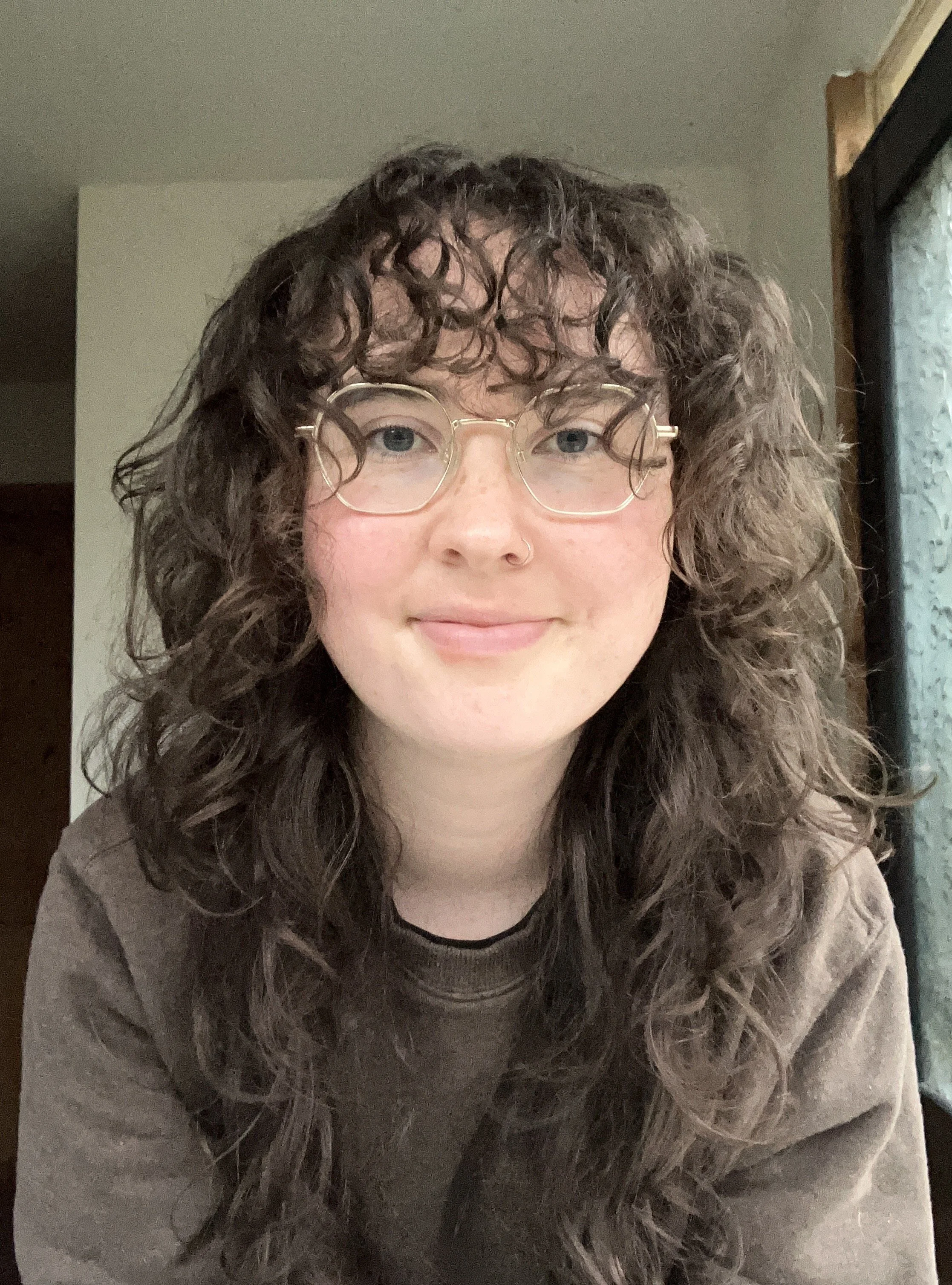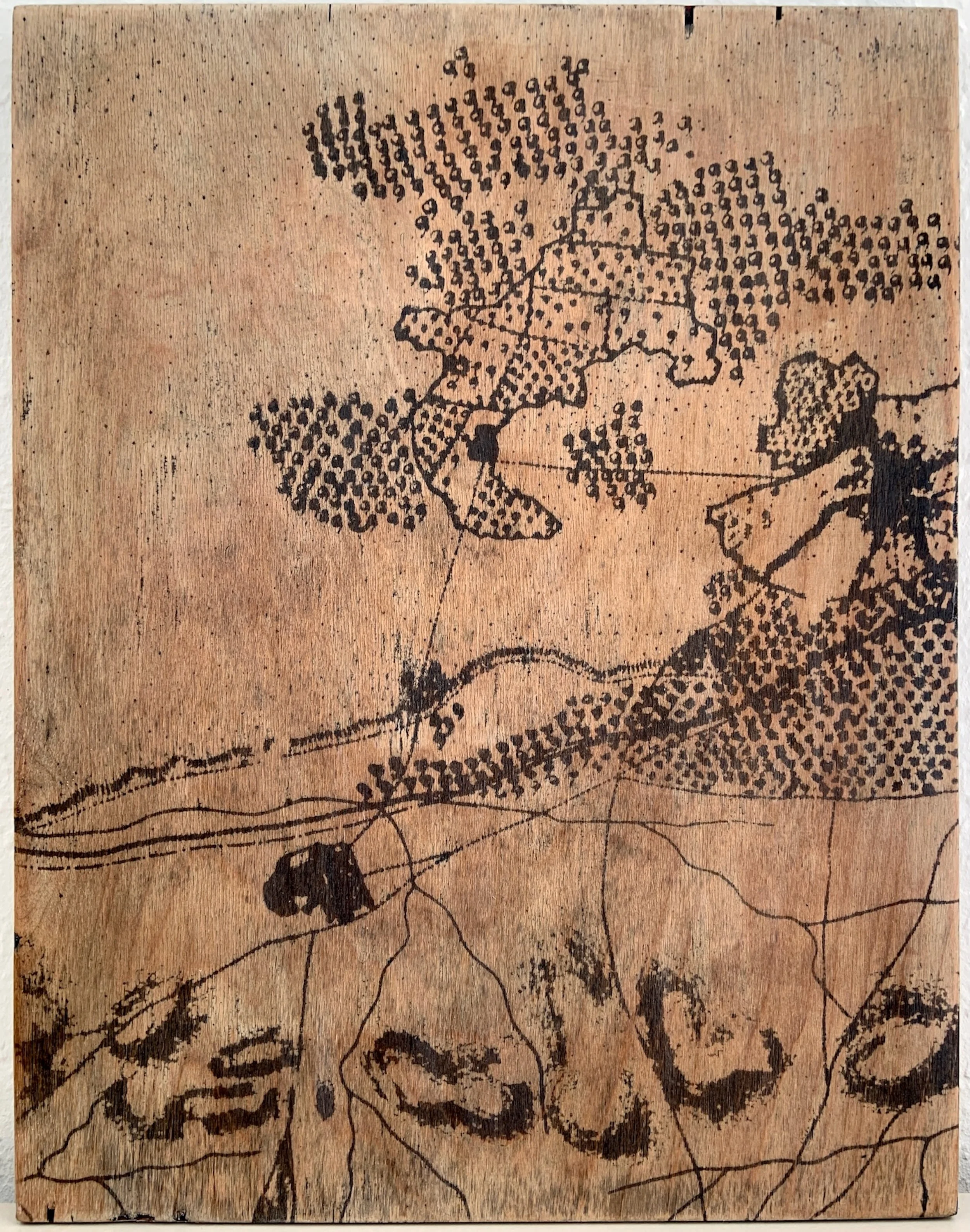Ailbhe Callanan
Ailbhe's practice is concerned with memory, identity and intergenerational trauma in relation to land, with a particular focus on the legacy of colonialism in rural spaces. She is interested in how one’s sense of place is impacted by historical, geographical, and political factors. Her most recent body of work has emerged from an investigation into ‘the cartographic gaze’, a concept which critiques the omniscient position of the cartographer. As a result of this investigation, the aim of decolonising the map has become the key line of enquiry within Ailbhe's research. By studying aerial imagery in comparison with historical maps, she seeks out evidence of topographical changes in the land before implementing counter-mapping techniques through mis-orientation, superimposition, and subversion. This practice has been influenced by the artists Mona Hatoum and Rita Donagh, the research group Forensic Architecture, and the writing of Palestinian-American scholar Edward Said.
Ghuzze, 1870s
Ink residue on plywood
About the work the artist said:
“This work presents a section of land in Northern Gaza, taken from an 1870s map. This cartographical survey offers us a record of Palestine immediately before British and then Zionist colonisation. The image has been manipulated in various ways, including removing all place names and adjusting the orientation so that the aerial view reads more like a landscape to the viewer.”


